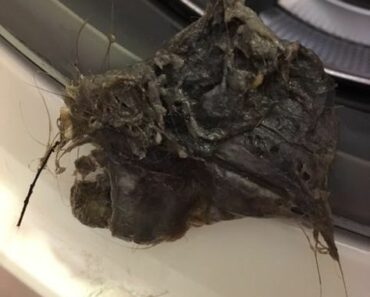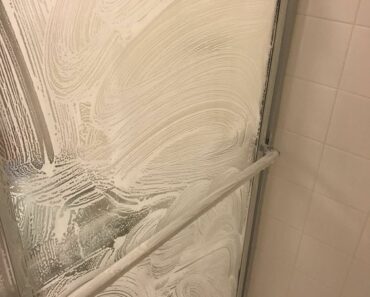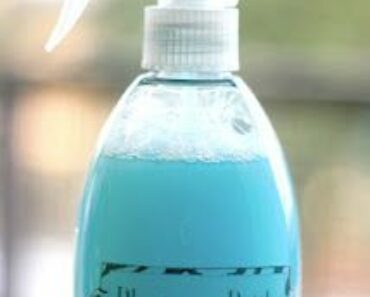
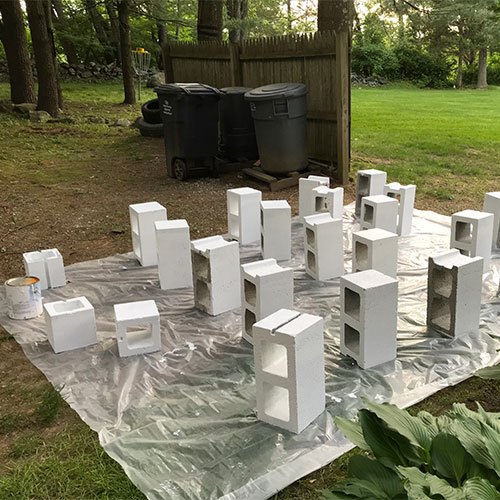
STEP 3For priming, make sure the blocks are completely dry, otherwise the paint will peel off from the moisture leftover in the blocks. Apply the primer with one of the 9″ rollers. I used the second roller for applying the paint since it’s so difficult to get primer out of rollers.
After about an hour when the primer is no longer tacky, flip over and paint the remaining edges and sides. If your cinder blocks have grooves on the sides, use the foam brush to get between them.
Hint: It’s not necessary to prime or paint any of the bottoms or insides. I primed and painted the insides of the ones that would be visible, but didn’t like the way it looks. You are welcome to do so, but you will likely need more than 1 gallon of primer and paint.

STEP 4After 4 hours, your primer should be dry enough for your blocks to be painted (check the manufacturer’s instructions). Painting may require more than one coat. I did 2 coats and probably really needed a 3rd because I didn’t have the forethought at the time to get my primer tinted.

The 3rd coat I ended up doing after the planters were in place, just before planting- and that worked out fine.
Do you like cement and concrete projects? To get tips and details on concrete mixes, sheens, sealers and more, check out the cement tests post I did!

STEP 5Once the paint is dry, you are ready for the landscape fabric. Go ahead and flip over all the blocks that you counted that are being planted. I had 10 actual blocks that were getting plants, but 11 holes since the top block was getting plants in both holes.
Cut out the landscape fabric so that it covers the hole and goes up to about 1/4- 1/8″ from the outside edges. ** I didn’t do this- I cut my fabric pieces a little too short which made them difficult to glue.
Measure the size of that piece you just cut. This will tell you what size to cut the bottoms for the rest of the cinder block planters to. Next, apply the glue to the bottom. It should be about 1/4″ wide strip all the way around.
Construction adhesive takes 24 hours to cure, but after a few hours, you should be safe to position your blocks again. *However, it’s important to wait a day before you actually plant your plants.
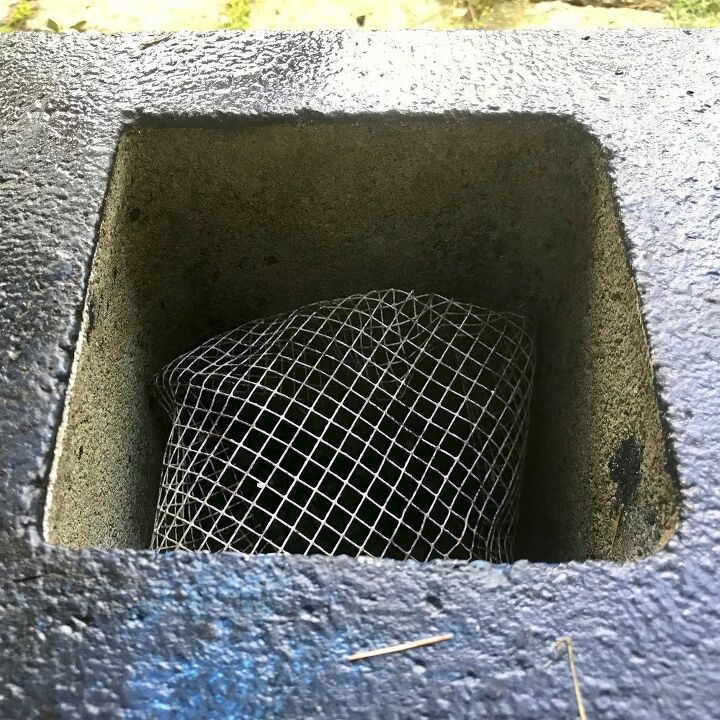
STEP 6The weight of the soil when wet can be quite heavy and may be too much weight for the landscape fabric. To combat this, reduce some of the weight using the wire mesh.
Cut the chicken wire to about the size of the hole in the block and then cut a split into each corner do it folds more easily. Wearing work gloves, fold over the edges so that when the mesh is inserted it doesn’t pierce the fabric.
The goal is to get the wire mesh to basically catch on the sides of the cinder block.

FINAL STEPAdd soil and your plants!

For Ingredients And Complete Cooking Instructions Please Head On Over To Next Page Or Open button (>) and don’t forget to SHARE with your Facebook friends
